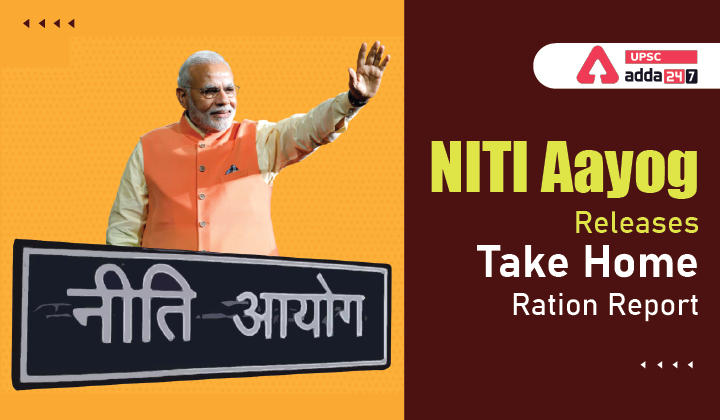Table of Contents
Take Home Ration Report: Relevance
- GS 2: Welfare schemes for vulnerable sections of the population by the Centre and States and the performance of these schemes.
NITI Aayog: Context
- Recently, NITI Aayog and World Food Program launched a report titled ‘Take Home Ration-Good Practices across the State/Union Territories’.
Take Home Ration Report: Key points
- The report presents a set of good and innovative practices adopted in the implementation of the Take Home Ration value chain by the States and UTs.
- Government of India provides Take Home Ration (THR) under the Supplementary Nutrition component of the Integrated Child Development Services (ICDS) to fill the gap in nutrition among children as well as pregnant and lactating women (PLW).
Good practices adopted by states
- Procurement through e-tendering: States like Delhi and TN, paper-based methods were replaced by the electronic tendering (e-tendering). E-tendering streamlines the procurement process and brings in complete transparency.
- Procurement-based on quality parameters: Telangana followed a transparent online e-tendering system for procurement of commodities like milk, red gram, egg, and oil. Ensuring an effective quality during procurement reduces the risks of sourcing substandard and subsequent deterioration, thereby potentially reducing the incidence of product complaints risks and financial losses.
- Procurement through NGOs: In UT of Chandigarh, 450 AWCs are functional. Four non-profit organizations have been engaged through e-tenders to provide THR to the beneficiaries of 350 Anganwadi centers.
- Supply chain management: Odisha inaugurated Mo-chhatua (an end-to- end supply chain management system) using mobile application and web portal. This is helping the department in tracking the status at different stages starting from indenting and manufacturing to supply and payment updates.
- Engaging sakhi mandals SHG: Engaging sakhi mandals SHG in Jharkhand for distribution of THR has witnessed multiple benefits for the individual and community at large.
Take Home Ration Report: Recommendations
- There is a need to further strengthen THR program to achieve the nutritional targets in a time-bound manner.
- There is a need to develop and maintain highest standards for ensuring quality in THR, where the entire THR value chain must ensure quality, transparency, and efficiency.
- All components of the value chain need to function at optimum, which requires building a robust system for procurement, supply chain management and monitoring.
- These measures improve THR access in rural areas, produce THR with high nutrient value, enhance community ownership involving SHGs and promote income generating activities and female empowerment.
Read current affairs for UPSC





 TSPSC Group 1 Question Paper 2024, Downl...
TSPSC Group 1 Question Paper 2024, Downl...
 TSPSC Group 1 Answer key 2024 Out, Downl...
TSPSC Group 1 Answer key 2024 Out, Downl...
 UPSC Prelims 2024 Question Paper, Downlo...
UPSC Prelims 2024 Question Paper, Downlo...
